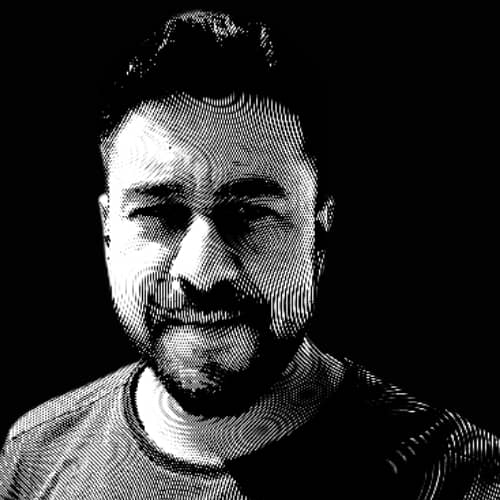The mind chatters constantly. Right now, as these words form, there's probably a background conversation running about tomorrow's meeting, the unfinished project, or what to have for dinner. This internal monologue rarely pauses, creating a persistent layer of noise that sits between us and direct experience. Most spiritual traditions point toward a state beyond this chatter, a condition they call no-mind or emptiness. It sounds abstract until you encounter it directly, and then it becomes the most concrete thing imaginable.
Gurdjieff understood this when he developed his "Stop!" exercise. Students would go about their daily activities until he suddenly called out the command, at which point they had to freeze completely, observing whatever state they found themselves in. The exercise wasn't about physical stillness but about catching the mind in its habitual patterns. When the body stops abruptly, the mind often continues its momentum for a moment before realizing what happened. In that gap between stopping and the mind catching up, something else emerges. Not emptiness in the sense of vacancy, but a different quality of awareness that doesn't depend on the constant stream of commentary we mistake for consciousness.
This state feels foreign initially because we're so accustomed to mental noise. The mind generates thoughts about thoughts, creates stories about experiences as they happen, and maintains a running evaluation of everything encountered. We think this commentary equals awareness, but it's more like static interference. When the mental chatter subsides, what remains isn't nothing—it's a clearer, more direct way of engaging with reality. Colors appear more vivid not because they've changed, but because there's no mental filter comparing them to yesterday's sunset or next week's presentation backdrop. Sounds exist without being immediately categorized as pleasant or irritating. The body's sensations register without being measured against comfort preferences.
Meditation practices aim toward this state, but they often get caught up in technique rather than pointing toward the actual experience. Sitting with eyes closed, following the breath, noting thoughts as they arise—these methods can be helpful, but they can also become another form of mental activity. The practitioner develops a meditator identity, tracks progress, compares today's session to yesterday's, and creates elaborate theories about enlightenment. The doing of meditation becomes another layer of mental complexity rather than a pathway to simplicity. Real meditation happens when all the doing stops, when there's no one trying to meditate and nothing to achieve. This isn't a technique but a recognition of what's already present beneath the mental activity.
The liberation comes from recognizing that thoughts aren't personal possessions or accurate representations of reality. They're more like weather patterns—they arise, persist for a while, and dissolve on their own. When identification with thinking stops, the urgent quality of mental content fades. The deadline still exists, but it doesn't generate the same emotional charge. The problem still needs solving, but it doesn't create the same level of internal drama. Life becomes simpler not because circumstances change, but because there's less psychological elaboration around what's happening. This isn't spiritual bypassing or denial—it's a more efficient way of functioning that doesn't waste energy on unnecessary mental activity. When action is needed, it happens more directly. When rest is appropriate, it comes more naturally. The exhausting effort of maintaining a psychological self-image gradually relaxes, leaving more space for whatever the moment actually requires.
